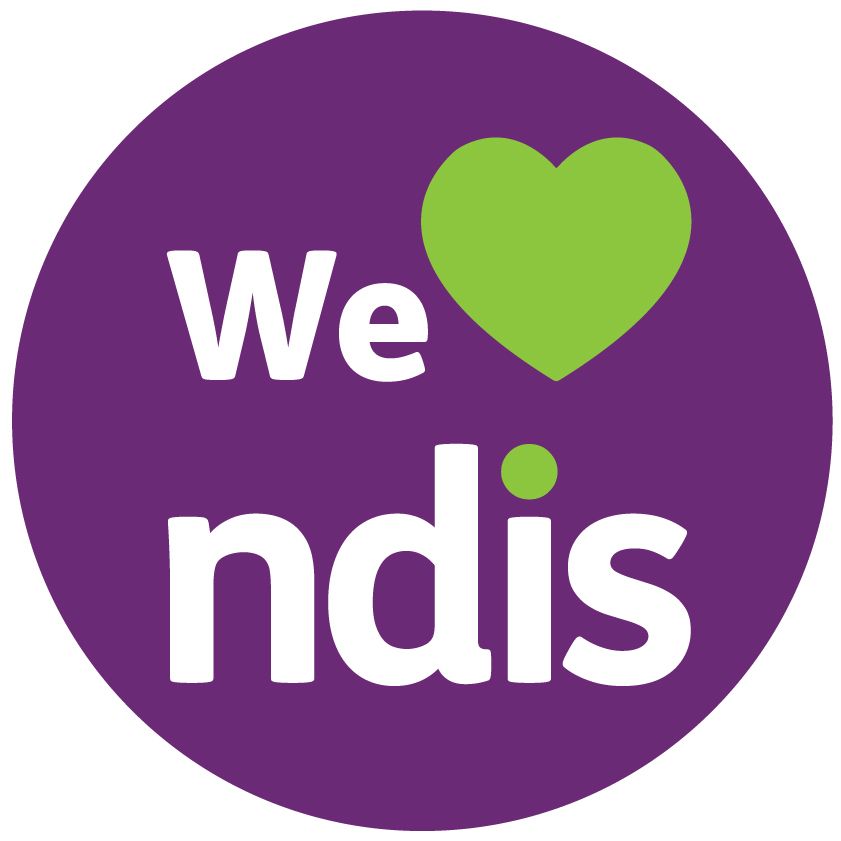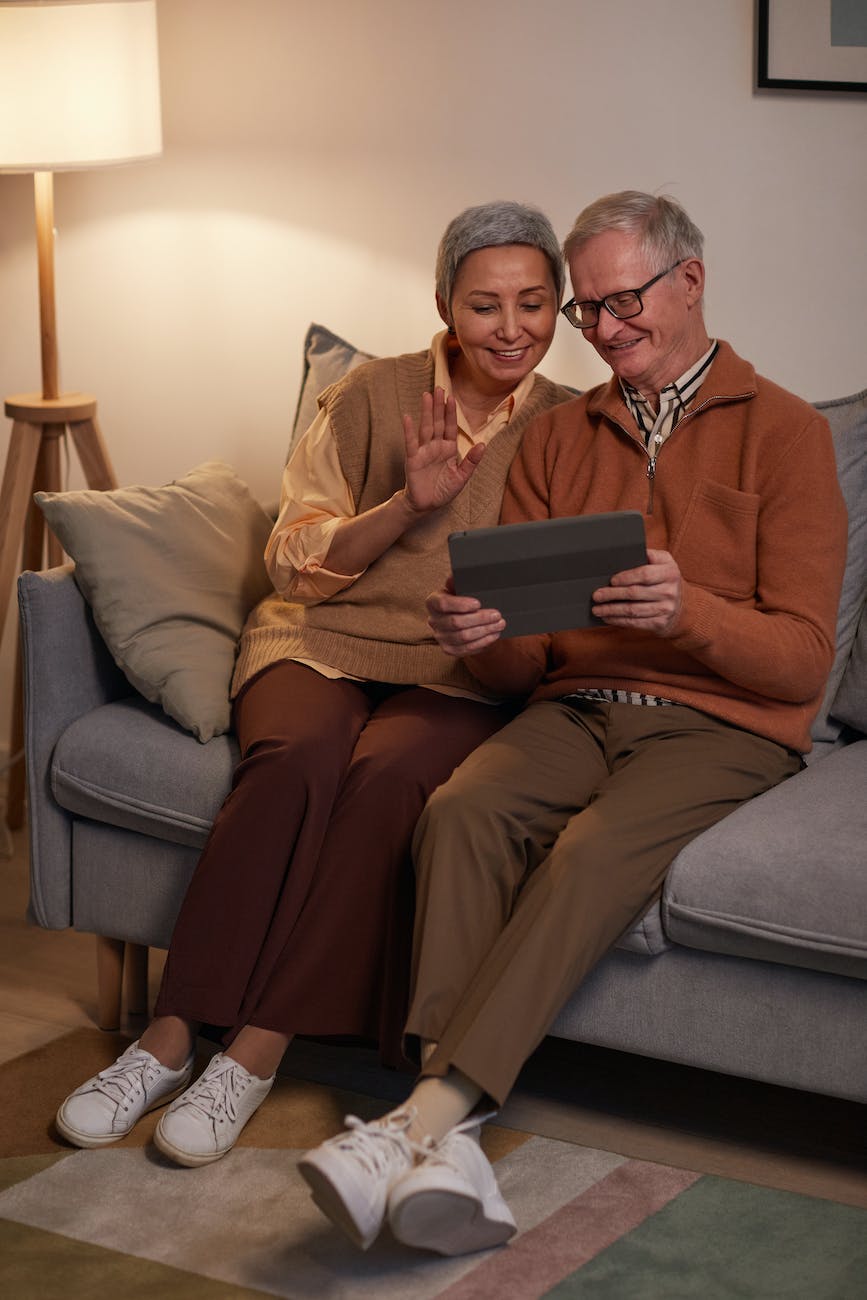As the population continues to age, the need for effective elderly monitoring devices has become more pronounced. These devices serve a key purpose in ensuring the safety and well-being of our elderly loved ones, providing peace of mind to both them and their caregivers. In this article, we will explore some of the different types of elderly monitoring devices available in the market today.
1. Fall Detection Devices: One of the biggest concerns for the elderly is the risk of falling and sustaining injuries. Fall detection devices are designed to detect falls and send out alerts to designated contacts or emergency services. These devices typically come in the form of wearable pendants or wristbands with built-in motion sensors. They can automatically detect sudden movements or impacts associated with a fall and trigger an alarm.
2. GPS Tracking Devices: GPS tracking devices are useful for monitoring the whereabouts of elderly individuals, especially those with conditions such as Alzheimer’s or dementia. These devices can be attached to clothing or worn as wristbands and allow caregivers to track the location of their loved ones in real-time. They often come with features like geofencing, which alerts caregivers if the individual strays beyond a specified boundary.
3. Medication Management Systems: Many elderly individuals require regular medication, and it can be challenging for them to keep track of their medication schedules. Medication management systems can help by providing reminders and dispensing the appropriate medications at the right times. These systems often come with visual and/or auditory alerts, ensuring that medications are not missed or taken incorrectly.
4. Activity Monitoring Devices: Activity monitoring devices track an individual’s daily activities and provide insights into their overall well-being. These devices can measure metrics such as steps taken, sleep patterns, heart rate, and even calories burned. By analyzing this data, caregivers can identify any abnormal patterns or changes in behavior that may require attention.
5. Video Monitoring Systems: Video monitoring systems enable caregivers to remotely observe the activities of their elderly loved ones. These systems often consist of cameras that can be placed around the house, allowing caregivers to check in and ensure the individual is safe and not in distress. Privacy concerns should be taken into account, and consent should always be obtained from the elderly individual before implementing such a system.
While elderly monitoring devices offer significant benefits, it’s essential to involve the elderly individual in the decision-making process. Respect their autonomy and ensure they understand the purpose and function of the devices. It’s also crucial to consider factors such as ease of use, durability, and reliability when selecting the right device.
In conclusion, elderly monitoring devices provide crucial support in ensuring the safety and well-being of our elderly loved ones. From fall detection devices to GPS tracking devices and medication management systems, there are various options available to meet individual needs. By exploring the different types of devices and understanding their functionalities, caregivers can make informed decisions and provide enhanced care for their elderly family members.






